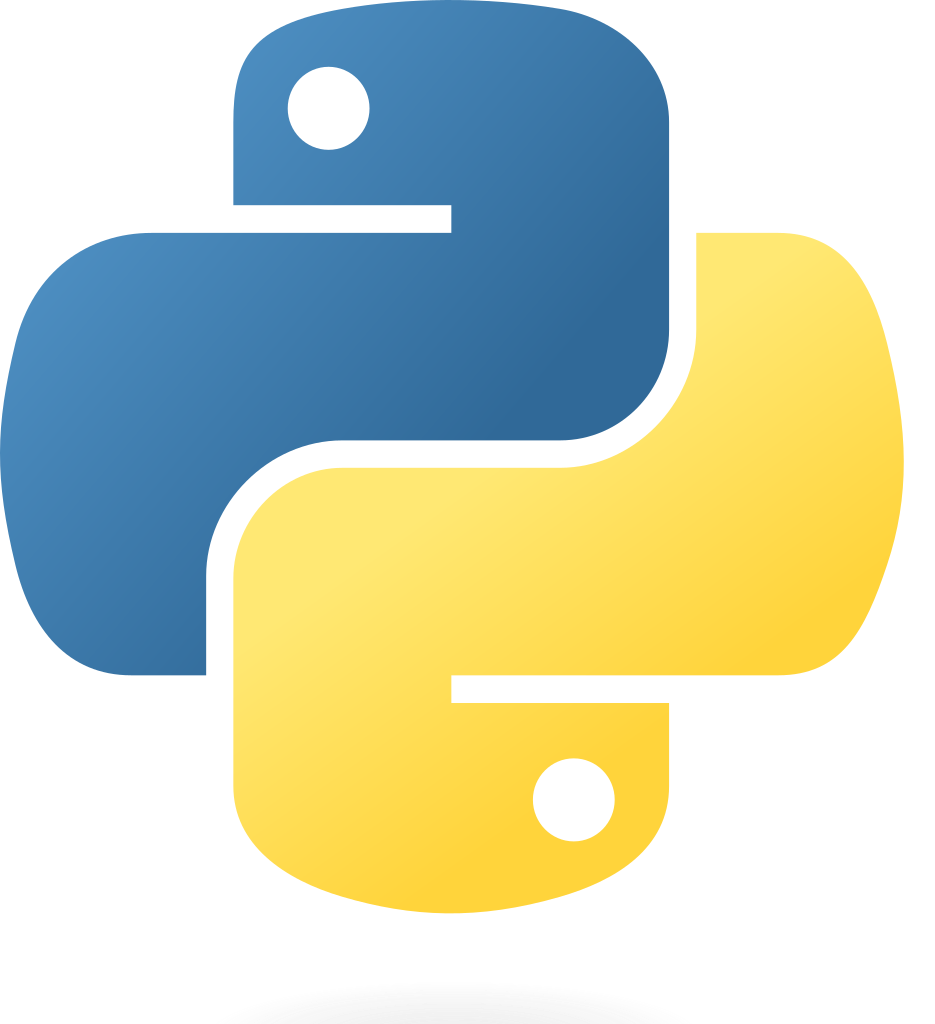

There is so much Lemmy to go around. Cross posting this explorer for finding communities.


There is so much Lemmy to go around. Cross posting this explorer for finding communities.


I’m not even a dev
Said every developer


Curious what library you used for the download.
Hi @rickumali! I’m in matrix too. Here are some links I copied from my session. Look forward to seeing your avatar there.
https://matrix.to/#/#lobby:matrix.sdf.org Lobby
https://matrix.to/#/#hamradio:matrix.sdf.org Ham Radio


Perfect use case. pipx is awesome for Python! Glad you found a great easy solution.
Is it over engineering or error prone?
Nope. pipx is like a big guard rail to keep you from doing error prone things with system Python.
In these examples we’ll assume your venv is at /home/TrueBlue/project/venv
Is there another way…?
!/home/TrueBlue/project/venv python3poetry can be useful for running personal projects using poetry run.e.g.
I want to use a new command named sdf to call my app.
alias sdf="/home/TrueBlue/project/venv/bin/python3 my_app.py"


I was thinking about using something like this to supplement an Information Desk at an in-person conference. In case the desk had to be left unstaffed. I’m not sure how well the target population would respond to the technology though.


I am scheduled to present at Python Frederick in August. It is a Practical Business Python styled talk showing the utility of automating complex reporting with Jinja2 and docx templates. This annual report is a real world example using Jinja2.
Thanks for sharing. I recall hearing about this before. After reading this thread I’ve been trying to vend some of my selfhosted apps over yggdrasil. The documentation is difficult to find. A good tutorial would be really useful. Here are my two biggest
stumbling blocksheadaches:0.0.0.0to::(from ipv4 to ipv6). Apparently ipv4 still works but now ipv6 also works. This was the biggest blocker for me gaining access to my apps over yggdrasil using ipv6.# Listen addresses for incoming connections. You will need to add # listeners in order to accept incoming peerings from non-local nodes. # Multicast peer discovery will work regardless of any listeners set # here. Each listener should be specified in URI format as above, e.g. # tls://0.0.0.0:0 or tls://[::]:0 to listen on all interfaces. Listen: [ tls://[::]:8000 tls://[::]:8080 ]I also downloaded an yggdrasil vpn app for Android and was able to access both apps with Android after adding a peer connection in the settings. Later, I added my Android public key to the AllowedPublicKeys to lock down my apps to be only accessible to my client.
Thanks @wgs for the tip! 🏆